 Once we had gone up the Rewa as far as we were able, we camped for several days at an old fishing camp. Although this was what most would describe as a “pristine wilderness” the evidence of previous habitation was all around. From Amerindian petroglyphs, mine leavings, tapped rubber trees, the evidence of a longer history continues to subtly mark the land. We had several abundant fishing sites for catching aimara close by, and Rambo and Brian set up a surprise for us during a fishing trip. They had hung a few aimara up in a shady nook, letting them slowly rot to attract vultures. The object of this was to bring down the king vulture, Sarcorhamphus papa.
Once we had gone up the Rewa as far as we were able, we camped for several days at an old fishing camp. Although this was what most would describe as a “pristine wilderness” the evidence of previous habitation was all around. From Amerindian petroglyphs, mine leavings, tapped rubber trees, the evidence of a longer history continues to subtly mark the land. We had several abundant fishing sites for catching aimara close by, and Rambo and Brian set up a surprise for us during a fishing trip. They had hung a few aimara up in a shady nook, letting them slowly rot to attract vultures. The object of this was to bring down the king vulture, Sarcorhamphus papa.
These new World vultures are members of the family Cathartidae, which also includes the condors, the Black-headed Vulture and the familiar Turkey Vulture. The kings share their habitat both of black vultures, as well as Greater and Lesser Yellow-headed Vultures. The king is much larger than any but the condors, and is a dominant bird at carrion. It is often thought to be parasitic, having no sense of smell of its own and just using the other species to lead it to food, but this is not entirely clear. What is clear to all though is that at a carcass, the king is king!

The coloration of the adult king vulture is spectacular, but they are sexually monomorphic. I think these animals are mutually sexually selected.

All of the vultures were somewhat put off by our presence, and were probably wondering when we would leave.




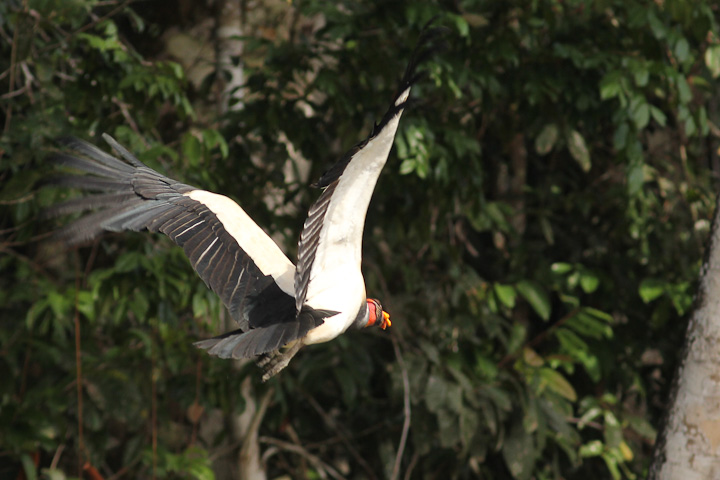
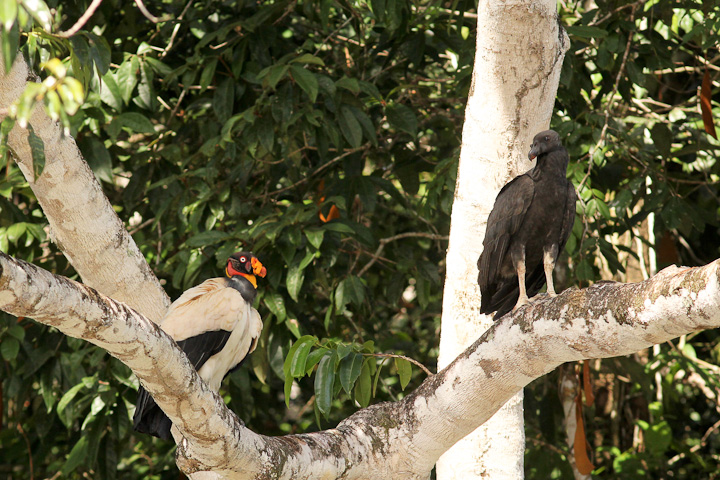
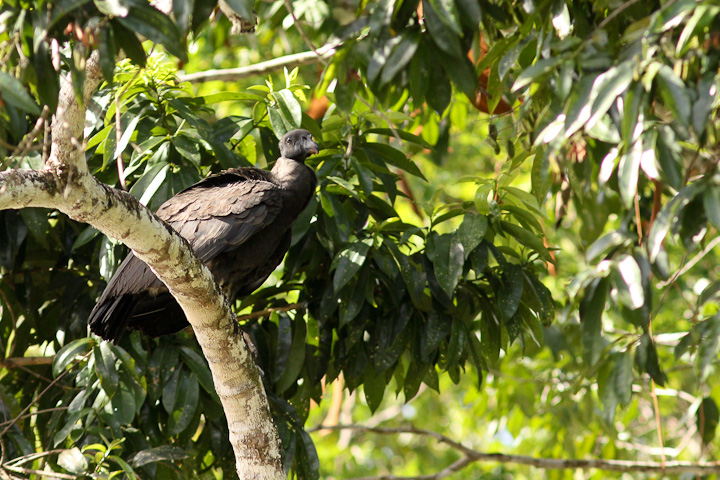



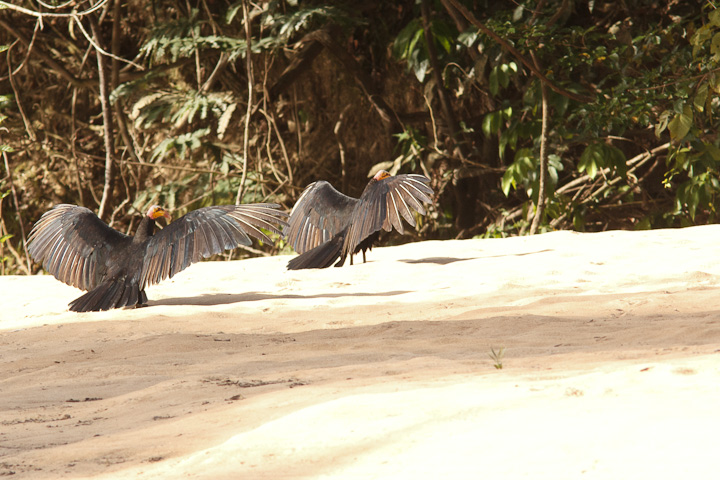
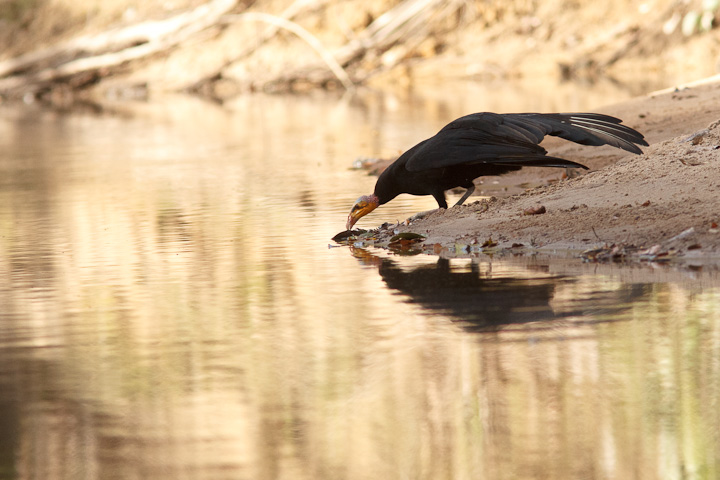
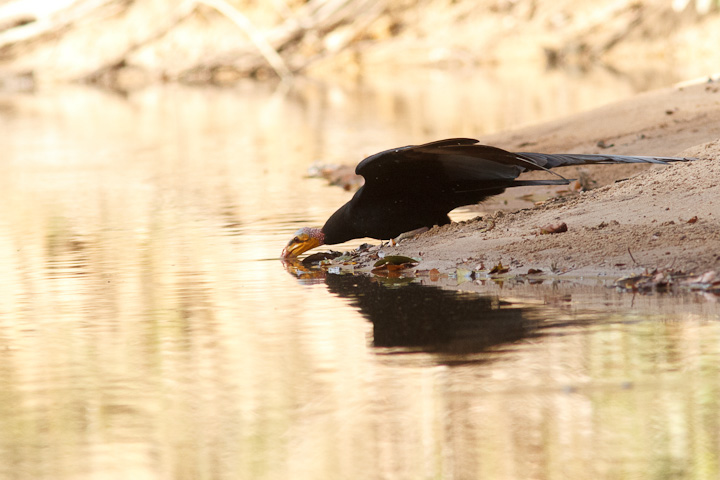
I’d been reading about the king vulture a week or so before you posted this, Sean. Like you said, at a feeding site. The king IS king. But one thing I read I thought interesting was because of its larger size and stronger beak, it’s often able to tear open carcasses that the smaller vultures can’t.
So when there’s a larger animal carcass or one with a tougher hide, after the king vulture starts, eats its fill and leaves a lot for the smaller vultures. Filling a niche.
I know that smaller vultures will gather at a carcass, sometimes in large numbers. Do you know if kings do too or are they more solitary?